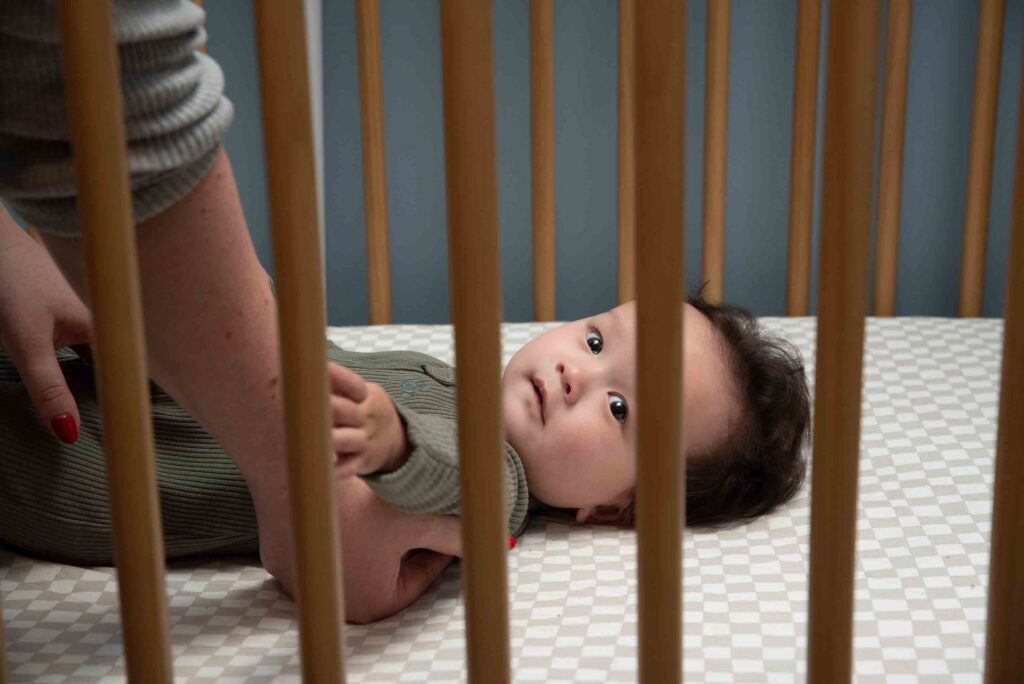Safety at Home

safety at home
Safety starts at home.
Fire hazards, unsecured guns, prescription opioids, and lack of child supervision near backyard swimming pools can turn a safe space into a dangerous one. Young children are especially vulnerable to injuries from falls—such as from windows or stairs—and from unintentionally ingesting harmful household items, such as small button batteries. Older adults face their own risks, including falls caused by cluttered walkways, loose rugs, and reduced strength or balance. Creating a safer home means being aware of these dangers and taking steps to prevent them, for everyone, at every age.
Violence and childhood trauma can disrupt healthy development and affect health well into adulthood. Safe, stable, and nurturing relationships and environments support healing and well-being, offering hope to those affected by adverse childhood experiences (ACEs). Support for families is essential, as access to resources can help create the secure environments children need to thrive.
Rural safety: Life on a farm can be very rewarding for families, offering unique and enriching experiences—but it also comes with risks. Creating safe play areas, setting clear safety rules, providing proper supervision, and keeping dangerous equipment out of reach are all key to keeping kids safe at home on the farm.
Center resources
Other resources
- Safety Store (UI Health Care Stead Family Children’s Hospital)
- Safety education/ home safety UI Health Care Stead Family Children’s Hospital)
- Home safety (Nationwide Children’s Hospital)
- Up and Away (medication safety)
- Iowa Community Hub
Explore RPATS
Our Research and Practice Action Teams (RPATs) are topical areas of focus.